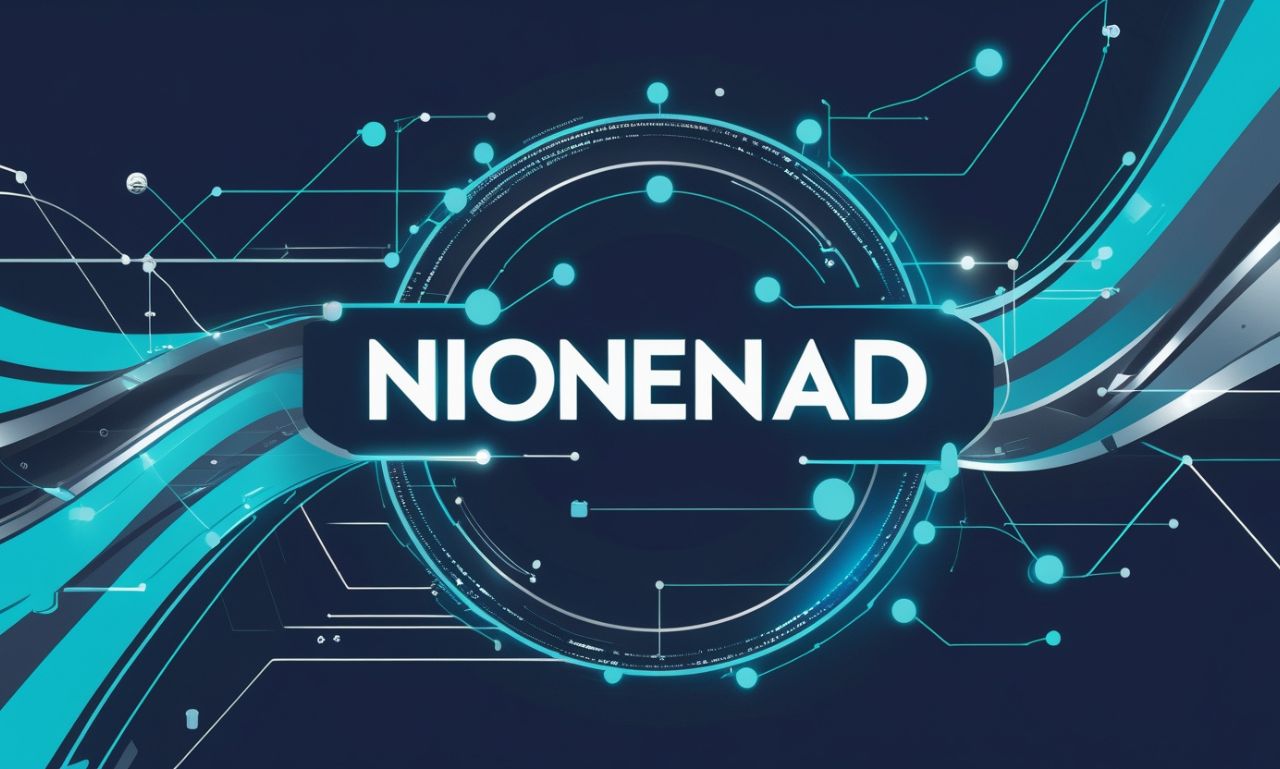Gldyql is increasingly being recognized as a term linked with digital growth, innovative technologies, and adaptive solutions. While relatively new, it represents a blend of concepts often used in areas such as software development, data analytics, and digital ecosystems. Its rise is tied to growing needs for more efficient frameworks that combine flexibility, performance, and scalability.
As businesses and individuals adopt more digital-first strategies serves as a bridge to manage complex workflows, support decision-making, and enable smarter outcomes. This article provides a deep look into what gldyql means, its significance, applications, and the challenges that come with it.
Gldyql in the Digital Era
The digital era thrives on constant innovation is seen as part of this larger movement where information, platforms, and technologies converge. Companies today depend on reliable systems that can handle large volumes of data while ensuring accuracy and speed.
Gldyql represents a modern answer to these requirements by offering a balance of adaptability and precision. This makes it useful across industries ranging from healthcare and finance to e-commerce and education.
Gldyql Applications in Business
Businesses are adopting gldyql for several practical purposes. Some of the most common applications include:
-
Data Management: Streamlining the way organizations collect, organize, and analyze datasets.
-
Process Automation: Supporting automated workflows that reduce manual effort and errors.
-
Decision Support: Providing frameworks for predictive analytics and smarter insights.
-
Customer Experience: Enhancing personalization in customer interactions and services.
-
Digital Integration: Acting as a connective layer between various digital platforms and services.
For example, a retail company can use to combine sales data, customer behavior, and market trends into a unified dashboard, leading to better decisions and increased revenue.
Gldyql in Technology and Innovation
In the technology sector, gldyql stands out as a foundation for scalable solutions. Startups and enterprises alike use it to experiment with new products while maintaining cost efficiency.
Role in Software Development
Developers rely on gldyql to design systems that are modular, flexible, and compatible with diverse platforms. It minimizes duplication of effort while allowing faster prototyping and testing.
Contribution to AI and Data Science
Artificial intelligence and machine learning heavily depend on structured, adaptable systems helps organize complex datasets and supports training models more effectively.
Gldyql in Healthcare
The healthcare industry is undergoing digital transformation, and gldyql plays a significant role in this shift. Hospitals and clinics use it to:
-
Manage patient records securely.
-
Support telemedicine platforms.
-
Enable real-time monitoring through IoT devices.
-
Analyze medical data for better diagnoses.
For instance, predictive modeling powered by gldyql can help forecast disease outbreaks or patient risks, which leads to proactive care.
Gldyql in Finance
Financial institutions are increasingly data-driven, and offers tools to improve security, compliance, and efficiency. Key applications include:
-
Fraud detection using advanced analytics.
-
Risk management frameworks.
-
Integration with blockchain for transparent transactions.
-
Enhancing customer banking experiences with personalization.
By adopting gldyql, banks can streamline compliance reporting, making it both faster and more reliable.
Gldyql in Education
The education sector has embraced digital tools for teaching and administration assists schools and universities by:
-
Creating smart learning management systems.
-
Analyzing student performance trends.
-
Supporting e-learning platforms.
-
Ensuring resource optimization for both students and faculty.
It also makes adaptive learning possible, where students receive personalized content based on their progress.
Gldyql for E-commerce and Retail
E-commerce companies operate in highly competitive environments, and it is a powerful asset for:
-
Inventory and supply chain management.
-
Real-time product recommendations.
-
Analyzing customer purchasing behaviors.
-
Managing secure online transactions.
This allows businesses to stay ahead of trends while improving customer satisfaction.
Benefits of Gldyql
The advantages of using gldyql include:
-
Scalability: Can grow with business or organizational needs.
-
Flexibility: Adapts to diverse industries and use cases.
-
Efficiency: Streamlines processes and reduces redundancy.
-
Security: Enhances protection of sensitive data.
-
Cost-effectiveness: Reduces operational costs through automation and integration.
These benefits make an appealing choice for enterprises navigating digital change.
Challenges of Gldyql
Despite its potential, gldyql also faces challenges:
-
Complex Implementation: Requires technical expertise for setup and maintenance.
-
Data Privacy Concerns: Managing sensitive data demands strict compliance with regulations.
-
Integration Issues: Compatibility with legacy systems can be difficult.
-
Adoption Resistance: Organizations may be hesitant to switch from traditional methods.
-
Continuous Updates: Rapid tech evolution means must evolve constantly.
These challenges highlight the need for strong strategies and training when adopting gldyql.
Future of Gldyql
The future looks promising for gldyql as industries embrace smarter, data-driven solutions. Some future directions include:
-
Integration with Emerging Technologies: Deeper connections with AI, IoT, and blockchain.
-
Cloud-Native Expansion: Wider adoption in cloud ecosystems for greater flexibility.
-
Enhanced User Interfaces: Simplified tools for non-technical users.
-
Sustainability Focus: Helping organizations reduce resource waste.
-
Global Standardization: Becoming a recognized framework across industries.
As technology advances, will likely evolve into a backbone for digital transformation strategies.
Practical Strategies for Adopting Gldyql
Organizations looking to adopt gldyql should follow practical strategies:
-
Assessment: Understand current needs and how fits into existing systems.
-
Pilot Testing: Start with small-scale projects before large-scale deployment.
-
Training: Ensure staff are trained to maximize benefits.
-
Security Measures: Implement strong protocols to safeguard sensitive information.
-
Feedback Loops: Continuously refine usage based on user experiences.
By approaching adoption carefully, businesses can avoid pitfalls and maximize results.
Conclusion
Gldyql is more than a passing trend—it represents a growing need for adaptable, data-focused, and scalable frameworks across industries. From healthcare and finance to education and retail, it offers a versatile solution to modern challenges.
While challenges exist, its benefits and future potential make it a valuable tool for organizations aiming to stay competitive. As the digital era accelerates, gldyql will continue to shape innovation, drive transformation, and create new opportunities worldwide.











